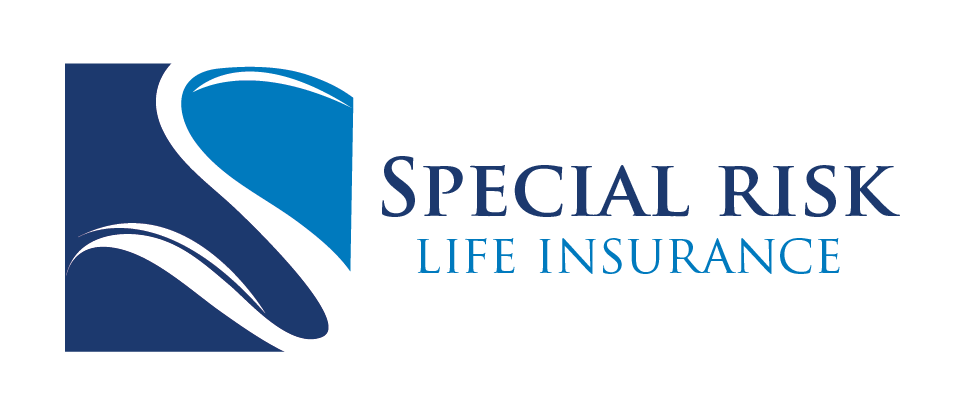
Universal Life Insurance (UL) is a flexible form of permanent life insurance, but not all UL policies are created equal. Understanding the different types, features, and risks is critical before committing to coverage.
Life insurance protects your loved ones and business interests, but picking the right policy is just as important as having coverage at all. That’s why consulting with an experienced independent life insurance broker is highly recommended before buying any UL policy.
Universal Life vs. Whole Life Insurance
Universal Life Insurance (UL) is a flexible premium, adjustable life insurance policy. You can increase, decrease, or even skip premium payments as long as there’s enough cash value in the policy to cover the cost of insurance.
In contrast:
- Whole Life Insurance has fixed premiums and guaranteed cash value growth.
- UL is built on annually renewing term insurance, meaning the pure insurance cost rises each year as you age. Over time, more of your premium goes to insurance rather than cash value accumulation.
Key takeaway: UL is more flexible, but Whole Life is more predictable and simple.

How Universal Life Works: Cash Value and Premiums
Universal Life policies have two main components:
- Insurance Component – Annually renewing term insurance that provides the death benefit.
- Cash Account – Where your premiums accumulate interest.
Premium Options:
- Minimum Premium: Keeps the policy in force for the year but may not fully fund it for a lifetime.
- Target Premium: Recommended amount to maintain the policy for life and optimize cash value accumulation.
Important: UL policies are interest-sensitive. Typical crediting rates are 3–6%, but rates are not guaranteed. Low rates can cause underfunded policies to lapse later in life.
Death Benefit Options
UL policies also offer two death benefit choices:
- Option A – Level Death Benefit: Maintains a consistent payout while allowing cash value to grow.
- Option B – Increasing Death Benefit: Death benefit rises as the cash value grows.
Your choice depends on goals: stability (Option A) or growth potential (Option B).
Types of Universal Life Insurance
Not all UL policies are equal. Here’s a breakdown of the main types:
1. Traditional Universal Life (UL)
- Premium Flexibility: High
- Cash Value: Interest-sensitive, fluctuates with market conditions
- Death Benefit: Lifelong, assuming premiums are paid
- Best For: Those wanting permanent coverage with moderate growth
Note: Requires careful premium management. Underpaying can cause lapses, especially in low-interest environments.
2. Indexed Universal Life (IUL)
- Premium Flexibility: Medium
- Cash Value: Linked to a market index (S&P 500, Nasdaq 100) with a no-loss guarantee
- Death Benefit: Level or increasing
- Best For: Market-savvy individuals seeking growth without risking cash value
Pros: Potential for higher cash value growth; no downside loss from market dips.
Cons: Policy expenses and market caps may reduce gains; complexity is higher.
3. Variable Universal Life (VUL)
- Premium Flexibility: High
- Cash Value: Invested in separate accounts (stocks, bonds, mutual funds)
- Death Benefit: Can fluctuate; minimum guaranteed
- Best For: Experienced investors comfortable with market volatility
Caution: VUL is risky, has higher fees, and can result in cash value or death benefit decline. Not recommended for most consumers. A financial planner is strongly advised.
4. Guaranteed Universal Life (GUL)
- Premium Flexibility: Low (fixed premium)
- Cash Value: Typically none
- Death Benefit: Guaranteed up to age 121
- Best For: Anyone seeking simple, permanent coverage with no cash value concerns
Key Benefit: No lapse risk due to market conditions. Provides permanent coverage at “term-like” rates.
Pro Tip: For most consumers seeking lifetime coverage, a GUL policy is often the simplest, lowest-stress solution.
UL Comparison Table
| UL Type | Premium Flexibility | Cash Value | Death Benefit | Risk | Best For |
|---|---|---|---|---|---|
| Traditional UL | High | Interest-sensitive | Level | Medium | Permanent coverage with moderate growth |
| Indexed UL | Medium | Market-linked, no-loss guarantee | Level/Increasing | Medium | Market-savvy consumers |
| Variable UL | High | Market-linked, separate account | Variable | High | Experienced investors |
| Guaranteed UL | Low | Typically none | Level, no-lapse | Low | Simple, permanent coverage with fixed premium |
Cost Considerations
- UL is more expensive than term life insurance due to permanent coverage and cash value accumulation depending on policy chosen.
- Term life is cheaper because it’s temporary and expires after a set number of years.
- Always check policy illustrations and consider paying target premiums, not minimums, to avoid underfunding.
Disadvantages of Universal Life Insurance
- Complexity: Requires active monitoring.
- Interest-sensitive: Traditional UL can underperform in low-rate environments.
- Market risk: VUL policies can be volatile. You can lose money. IUL, no loss guarantees.
- Potential higher premiums long-term if cash value underperforms.
TL;DR: Not a “set it and forget it” product unless it’s GUL.
Conclusion
Universal Life Insurance can provide permanent protection and cash value growth, but it’s not for everyone.
- GUL: Best for those needing permanent coverage with low stress.
- IUL: Suited for stock market-savvy individuals.
- VUL: High-risk, investment-focused, not widely recommended.
- Traditional UL: Flexible but requires careful premium management.
Key Advice:
- Never buy a policy you’re not committed to keeping.
- Consult with an independent life insurance broker who can shop multiple carriers.
- Review the policy thoroughly and understand target vs. minimum premiums.
Don’t overpay for coverage—explore what trusted independent agents can offer.
Call Now Get Instant Quote Get Personalized Quote
Special Risk Life is a veteran independent life insurance agency that specializes in guiding people with even the toughest health conditions thru the life insurance process. We are very passionate about helping people get the financial protection they want while delivering affordable coverage people can absolutely count on.
